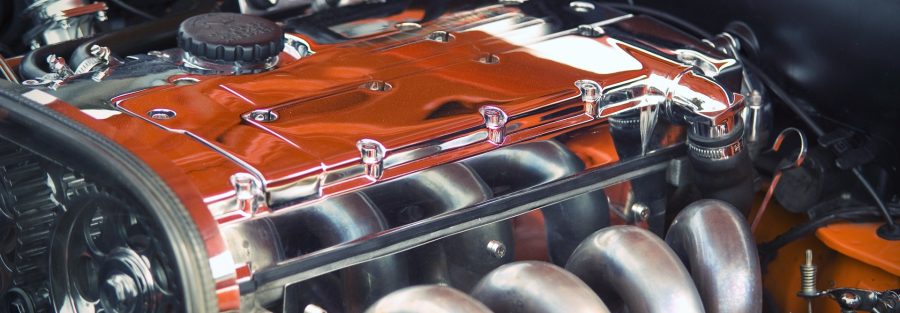People who are skilled in automotive mechanics often like to build cars out of parts. They like to buy old beaten-up cars and lovingly restore them with used parts that they find on eBay or at scrap yards. Buying a used engine is one of the most important stages in the parts shopping process.
Step #1 – Looking for a used engine
Finding a good, quality used engine can be more difficult than finding an intact used car. When a car is whole, you can actually test drive it., While you can run an engine on a test bench, it can be hard to guesstimate how much power it actually gives. A worn-out engine can appear to run well, but shut down the moment it is connected to a real-world load. Yet, on the other hand, an engine that can’t start can also have nothing but minor issues.
Your first step to buying a used engine should be to determine what kind of engine is compatible with the car you’re building. It needs to be the right size to fit into the engine bay and couple properly with the car’s transmission.
You need to have a few engines that are a technical match on your shortlist and inspect each to then properly judge the kind of condition it’s in. It is very possible, even probable to save money with used engines. If you judge the condition of an engine incorrectly, though, you can wipe out all your savings.
Here are a few simple tests that you can run to determine if a used engine is worth buying.
Before you even attempt to start the engine
Your first step in gauging the condition of an engine should be to look it over for signs of oil leakage. Not every leak is bad news, though. On engines from the 60s and 70s, minor leaks can actually be considered normal. Some people try to gauge the condition of an engine simply by checking out the engine oil dipstick. If they see black sludge on the dipstick, it’s a sign that the owner has been neglectful. An engine with suspiciously clean oil, though, can be an attempt by the owner to look more conscientious than he really is.
You have other ways of judging an engine by its oil. If the oil on its dipstick contains a whitish-gray color, it’s also a sign that water from leaks in the engine casing is going into the oil sump. You could ask the seller which oil he/she used. If they mention a particularly viscous grade like 20W-50, you can take it as a sign that the engine has some sort of leakage. People only need to use such viscous oil when they have trouble keeping thinner oils from leaking…
Step #2 – Start the engine
- If the starter motor makes a grinding or whining sound, it is a probable sign that the flywheel has worn-out teeth. Unless you have a cheap starter motor lined up, an engine like this is no good.
- If the engine seems to rise and fall in pitch while idling, it could be a sign that the cylinders are worn.
- You need to keep a close watch on the color of the exhaust. If it is bluish, it’s a sign that the valve guide seals are worn.
Step #3 – Perform a few simple tests on the engine
You should try removing the spark plugs to see what they look like. If they are slick with oil or have a buildup of a white residue, it indicates that the engine has an oil control problem.
You should perform a compression test. A truly technical test like this can give you a great deal of information about the condition of the engine. You can buy a compression gauge for under $100 and use it on the engine.



